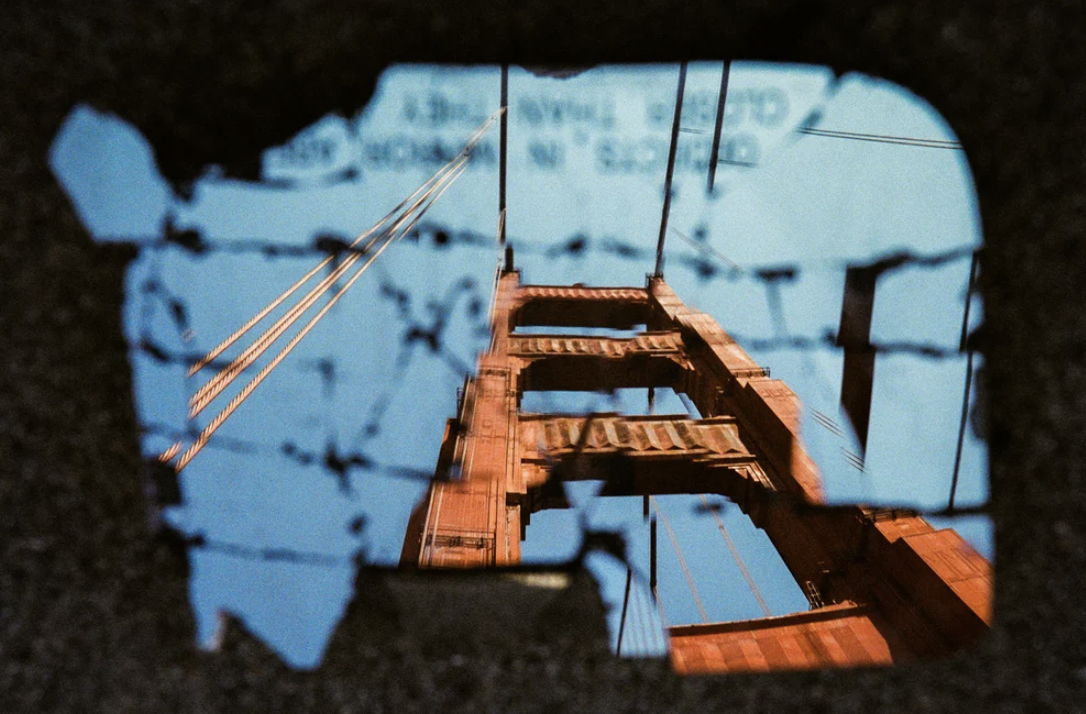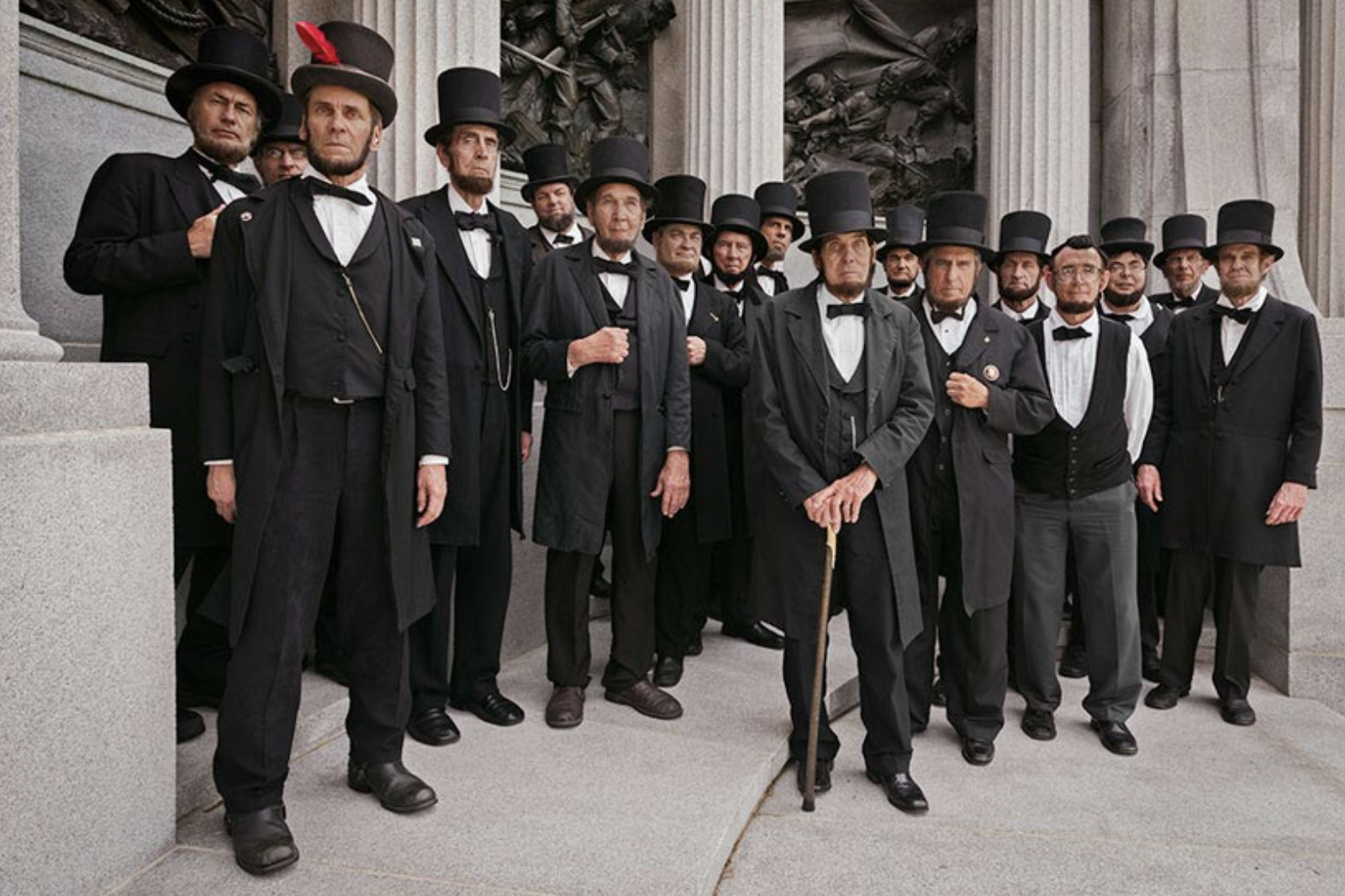These are delightful examples of classic photos from my collection that I feel are haiku.
NOTES
See them as large as you can.
Look at them un-cropped so you can explore the composition.
Spend a few minutes on each one, looking around, thinking about what’s in the frame, what’s not, and how it’s lit.
While each stands alone, the ORDER of these images is not random, and frequently adds to your exploration.
As you go back to your own photography, return periodically for another run. It will take a number of journeys through these over time to have maximal effect.
“50 Haiku”

















































*Don’t concern yourself with the artists, or titles, or subject matter, or technical specifications of camera and paper. Just look at them and see what they feel like, how light, framing, focus and time are all manipulated by the photographer, for effect. While the same set of photos might be instructive in a conversation about natural light (or photography in general) this current lesson is about composition and the way the objects are oriented in the frame. In every single case here, you could not crop or take a part of the image without killing it; they are each designed with an understanding of the external frame.
**Also, I’m not suggesting these are the 50 most important photographs in history, or the best photographs in history, or anything like that. I’m only suggesting that these images can teach you everything you need to know about taking photos.
WHY THESE?
Mostly, because I spent my whole life around this collection of photographs and it is how I learned; i didn’t go to school for this. But my parents had impeccable taste and these photographs became my primary understanding of photography and i believe my photos are better for it.
In particular, the mid-century modernists (mostly in Paris) stealthily stealing images with their 35mm film cameras, created photos that are remarkably instructive to us: the lenses and vantage point and subject matter they had was similar to our wandering around with smartphones today. Many famous and beautiful photos—images created in studios, of models, of things that require special equipment or access, or whose value is simply historic or conceptual, are not going to be as instructive as these.











